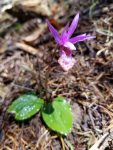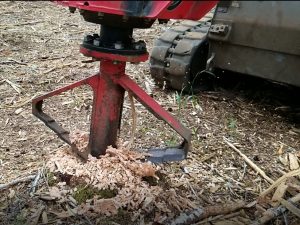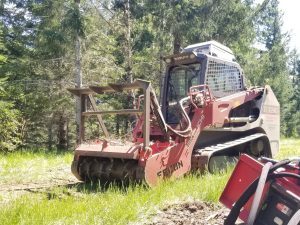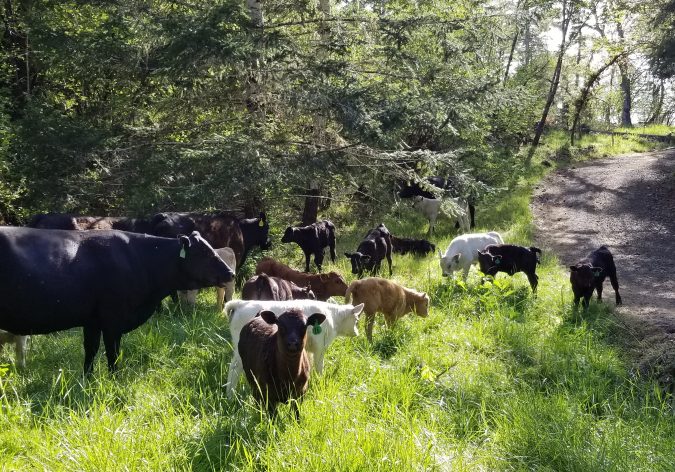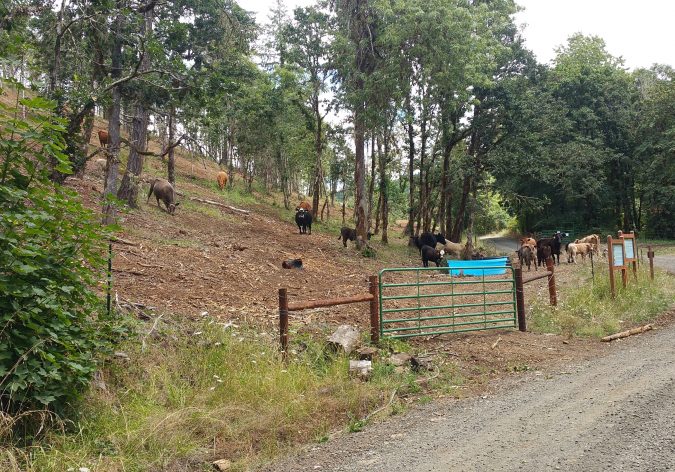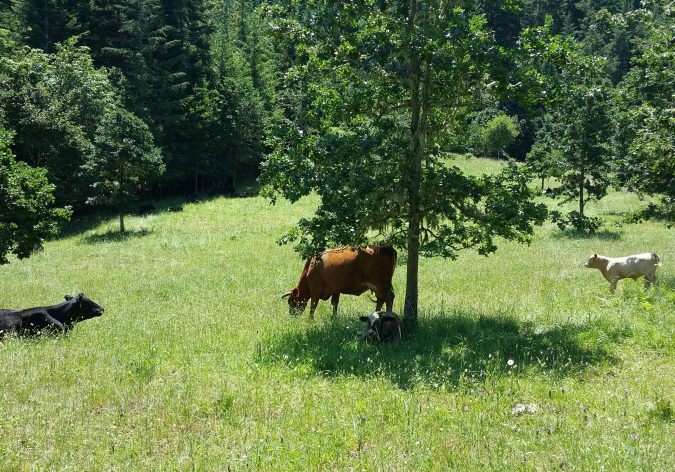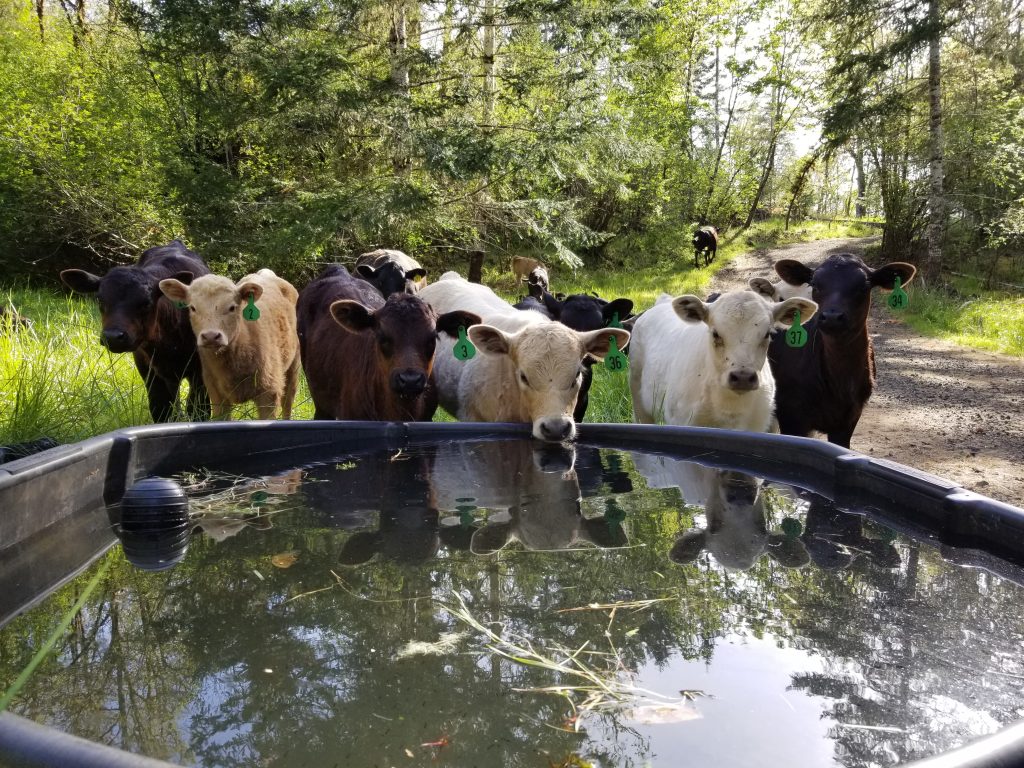Crestmont Land Trust seeks to promote multiple habitat types for the benefit of wildlife, plants, and people and to support biological diversity and ecological balance. CLT’s approach of managing the property with intentional diversity is to (1) hedge against the adverse effects of natural and other ecological changes, (2) provide a range of conditions for informal and formal research, and (3) deliver a variety of experiences and education to its visitors.
The enhanced conditions are obtained through active management and initial maintenance with the objective of ultimate self-sustainability. CLT endeavors to reduce non-native, invasive, and undesirable flora while protecting and promoting planted and currently present native grasses and forbs.
The sustainability of habitat conditions is increased using a multifaceted holistic approach. Many areas on the property are managed primarily for biodiversity. Some other areas include forestry plantations that combine timber production with habitat management. The combination of objectives helps to support the long-term sustainability of the land trust while concurrently providing multiple unique ecosystems.
Ecosystems are dynamic. They constantly change, evolve, and adapt. Habitat diversity enables the property to react to unforeseen environmental conditions and changes. This promotes adaptability for the inevitable short-term and long-term changes in environmental and ecological conditions as well as allowing conservation of certain native and natural areas.
There are many unique management strategies utilized on the property that are not often seen in public recreation areas, but which provide many benefits to the land.
Following operations done on the property that involve the removal of trees, most residual stumps are removed to allow a more aesthetically pleasing landscape, expedite the breakdown of the stump material, and eliminate the physical obstacle that they create for efficient movement around the property.
Stumps are removed by using a Stumpex implement made by Fecon. The attachment is installed on a high-flow skid steer and capable of 14-16 rotations per minute.
Although seeming slow, the Stumpex is able to grind a 24-inch diameter stump in one bore (larger stumps can be removed with multiple bores). As shown in the adjacent video, the Stumpex can remove a shin-high stump that is larger than you can wrap your arms around in just over two minutes, from start to finish.
Capable operators can effectively remove around 150 stumps in one working day. The remaining woody debris is later mulched into the surrounding area and left to decompose, facilitating nutrient recycling and promoting healthy growth of a new ecosystem.
Additionally, Crestmont Land Trust uses an under-appreciated tool for habitat management—cattle grazing. [We would also include goats and sheep, but the area’s cougars are much too interested in them!]
Cattle grazing is limited to two or three visits per year. Our bovine teammates arrive with the objective of recycling excess vegetation (mostly grass, yet some have been seen munching on the young brush). These production workers experience minimal gain during their stay. However, they greatly benefit the habitat by reducing overhanging grasses to encourage growth of forbs, fertilizing the soil, decreasing fire risk, and creating necessary soil disturbance to promote seed germination.
They are very friendly and curious. The young ones can be somewhat feisty and move around quite a bit. As a result, they cannot seem to remember boundaries very well. The fences and gates exist only to keep them contained, not to keep you out. Just be aware of their presence, and you are welcome to visit and stroll around while they are working.
